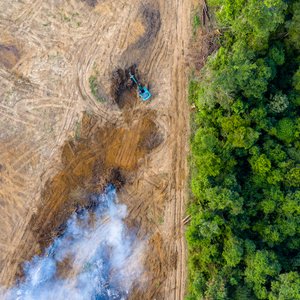Mycotoxins are among the most abundant contaminants in food and feed worldwide. In the EU maximum levels are established for frequently occurring Fusarium toxins deoxynivalenol (DON) and zearalenone (ZEA). As well as DON and ZEA, modified mycotoxins are present in naturally contaminated grain products, contributing significantly to the exposure of humans and animals with mycotoxins.
Up to now, data on the spatial distribution of many (masked) mycotoxins in the kernels of wheat have been missing. This study investigated the amounts of DON and ZEA as well as their most abundant derivatives DON-3-glucoside (DON-3G), 3- and 15-acetyl-DON, ZEA-14- and 16-glucoside and ZEA-14-sulphate (ZEA-14S) in mill fractions of naturally contaminated wheat batches using HPLC-MS/MS.
The investigated distribution pattern in ten milling fractions is comparable among the three investigated different wheat batches. Interestingly, DON and DON-3G were found to be present in similar amounts in all fractions. In bran, the levels were only slightly higher than in the endosperm. By contrast, for ZEA and ZEA-14S a significantly higher amount of toxin is located in the fibre-rich fractions. The relative mass proportion of DON-3G accounts for between 2.9% and 11.2% of the free DON, while the relative mass proportion of ZEA-14S is estimated to exceed the amount of free ZEA in certain fractions. Acetylated DON derivatives and ZEA-glucosides were only detected in low amounts.
The experimental results show that a significant reduction of the ZEA and ZEA-14S level in wheat flour is feasible by applying milling technology strategies. However, the almost even distribution of DON and DON-3G in all fractions does not allow for the technological removal of relevant toxin amounts. Furthermore, the relative share of masked forms was higher for ZEA derivatives than for the DON conjugates in the investigated wheat lots.
Distribution of deoxynivalenol, zearalenone, and their respective modified analogues in milling fractions of naturally contaminated wheat grains.
Authors: C. Schwake-Anduschus, M. Proske, E. Sciurba, K. Muenzing, M. Koch, R. Maul
Source the report here:







